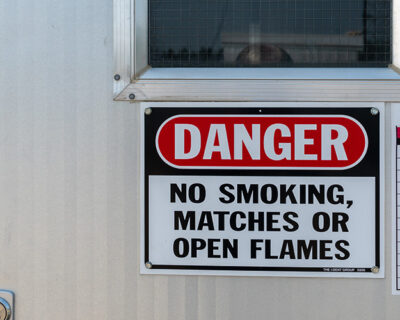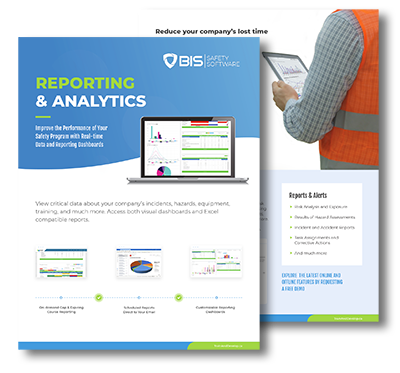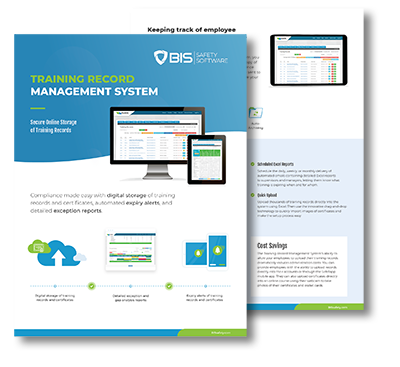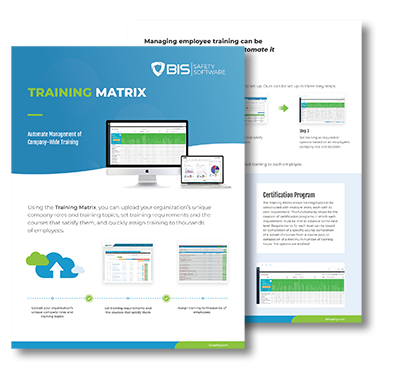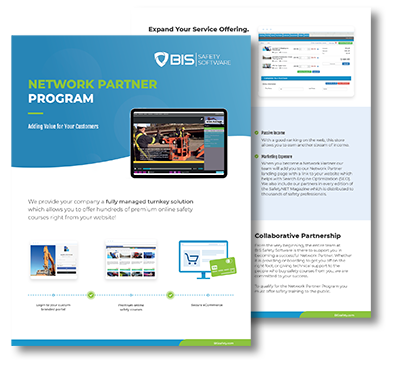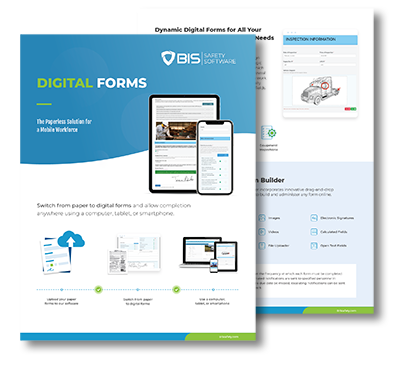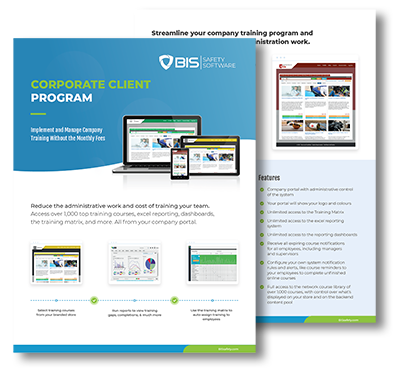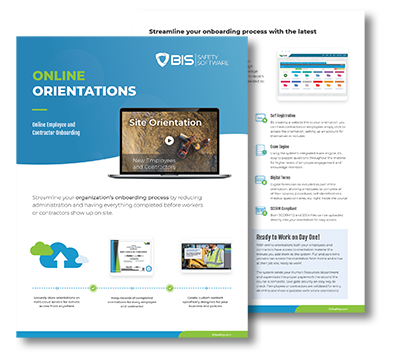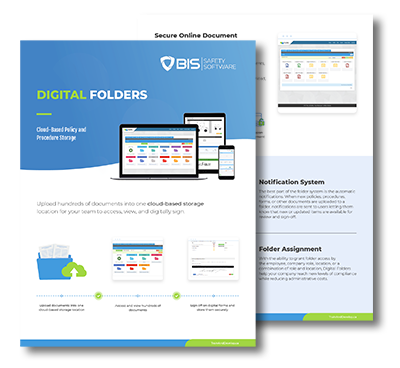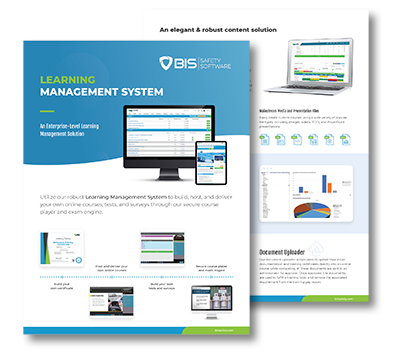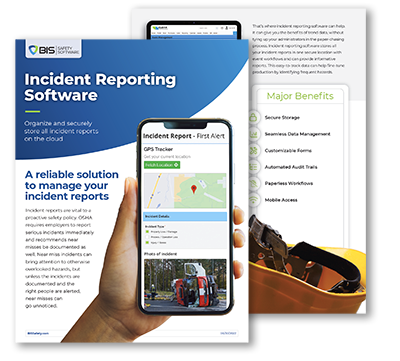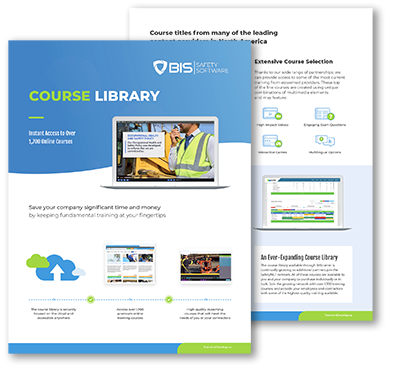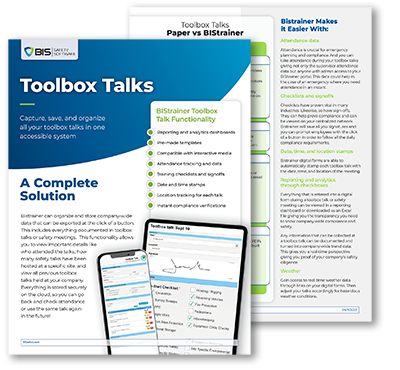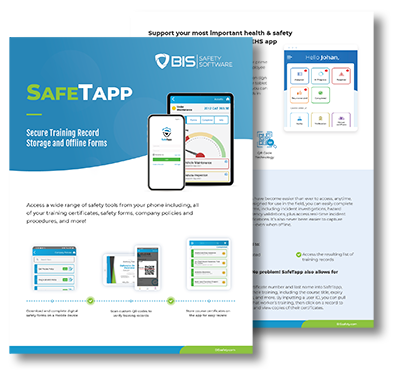Courses

Course details
Bloodborne Pathogens Awareness Training
Course Overview
Bloodborne pathogens are microorganisms, such as viruses or bacteria, that are transmitted via bodily fluids and lead to diseases in humans. There are many different bloodborne pathogens, but the most well-known are syphilis, hepatitis B (HBV), hepatitis C (HCV), and the Human Immunodeficiency Virus (HIV). While you may not consider bloodborne pathogens as typical workplace hazards, these viruses can be passed between any individual through cuts, needlesticks, or other injuries. Fortunately, bloodborne pathogens can be eliminated through proper training, workplace design, and personal protective equipment (PPE). In this course, we'll walk you through the information you need to prevent and eliminate exposure to bloodborne pathogens.
This course is presented in four chapters:- Chapter 1: Fundamentals of Bloodborne Pathogens
- Chapter 2: Transmission and Exposure Prevention
- Chapter 3: Handling Sharps and Biohazardous Materials
- Chapter 4: Exposure Incidents
Topics Covered
Avoiding bloodborne pathogens requires knowledge regarding the common types, prevention methods, and clean-up procedures to eliminate the possibility of accidental contraction. By the end of this course, you should be able to:- Define bloodborne pathogens
- Recognize common infections and their symptoms
- Identify bloodborne pathogens in the workplace
- Explain how bloodborne pathogens are transmitted
- Identify engineering and administrative controls are used to prevent exposure to bloodborne pathogens
- Explain emergency response procedures in the event of exposure
This course takes approximately 60 minutes to complete
A passing grade of 80% or higher required. Up to 3 attempts are provided.
A certificate will be provided upon the successful completion of this course
Related projects
Comprehensive Safety and Compliance Solutions
BIS Safety Software offers a suite of tools to streamline safety and compliance across industries, including:
- EHS Software: Simplifies environmental, health, and safety processes.
- Safety Management System: Provides tools for incident reporting, audits, and compliance tracking.
- Learning Management System (LMS): Supports training and development with online courses and tracking.
- Equipment Management Software: Monitors and maintains vital assets.
Additional solutions include:
- Online Orientations for onboarding,
- Field Assessments for hazard management,
- Competency Assessments to ensure skill validation,
- Pre-trip Inspection Software for vehicle checks, and
- Site Inspection Software for job site monitoring.
Discover how BIS Safety Software can support your safety and compliance goals.


